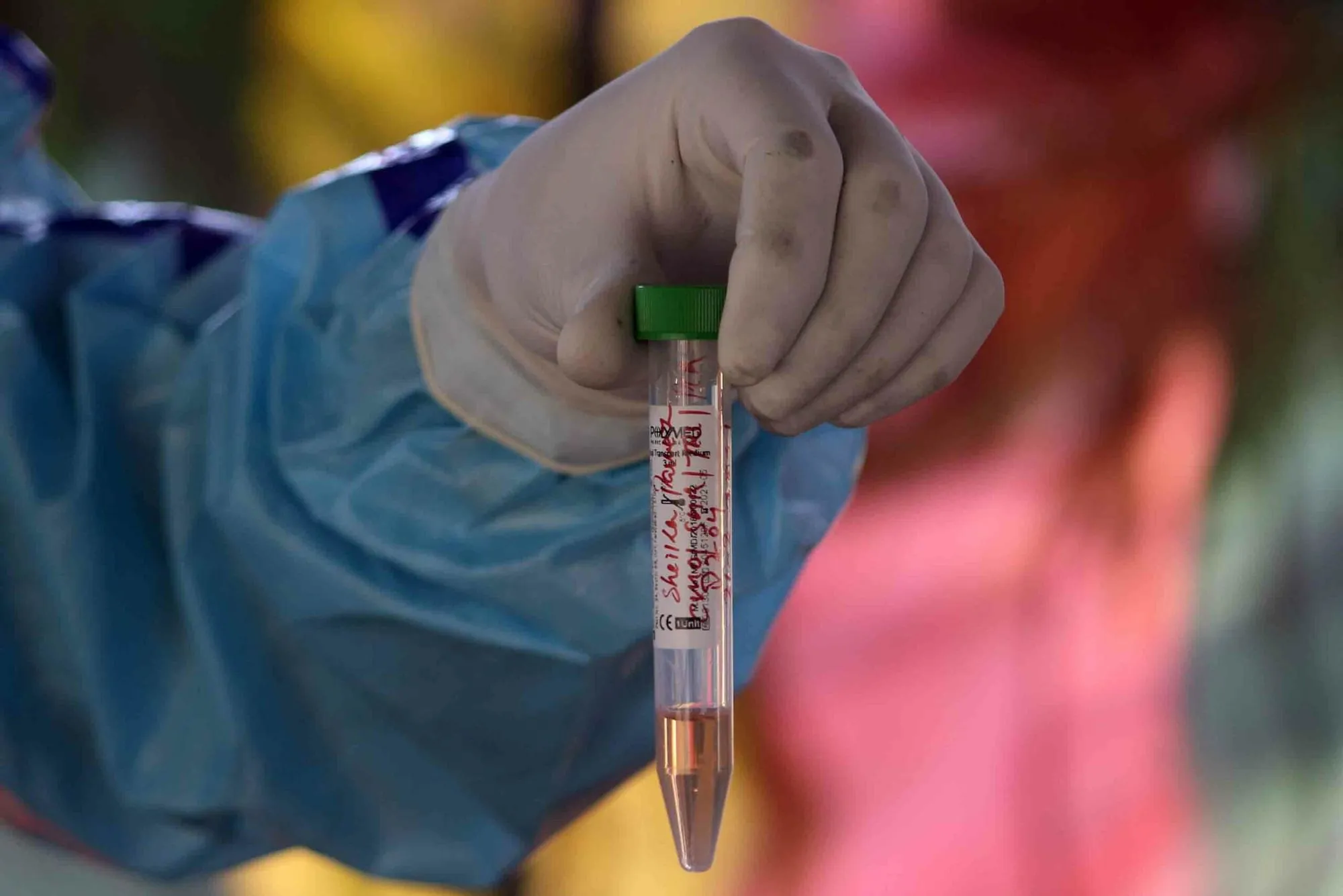The novel corona virus second wave currently prevailing nationwide also embarked on Union Territory of Jammu & Kashmir. This compelled the government to order closure of schools and courts by invoking provisions of the Disaster Management Act, 2005. In addition to this, The Epidemic Diseases Act, 1897 mandating the norm of social distancing and the lockdown in various parts of state. In J&K the epidemic control & regulation is administered through criminal law invoking Section 188, 269, 270 & 271, of Indian penal code.
Epidemic Diseases Act, 1897: This Act was enacted with the object to prevent the dangerous epidemic diseases. The Act consists of 4 sections with section 1 explaining the Title and extent of the Act. Under section 2 the union and state government are allowed to take steps and formulate legislation that must be followed by the public in order to prevent disease from spreading. By virtue of The Epidemic Diseases Amendment Act, 1938, Section 2A was added which vested Central Government with powers of inspection at any port that are arriving or leaving and detention of persons. For any non-compliance of the Act imprisonment of six months or fine of Rs 1000 or both is provided under section 3. The Act also grants immunity from any suit or legal proceeding to the officers acting in good faith under the Act. In pre-lockdown phase central and respective state governments invoked sections 2 & 2A of the epidemic Act, after announcement of lockdown these were supplemented with quarantine rules contained in different provisions of Indian Penal Code including section 133 of Crpc.In due course of time the Indian government moved beyond these provisions and resorted to recent law of Disaster Management Act, 2005 in particular Sections 6, 10, 38 and 72 respectively.
Epidemic Diseases Ordinance, 2020: The ordinance was passed by virtue of entry 29 of concurrent list which authorizes the union & state governments to enact laws on transmission of infectious & contagious diseases from one state to other. It also empowers the authorities for public health & order to enact laws to prevent the dangerous diseases. By virtue of the ordinance a definition clause was added which was missing in the original Act.It clarifies what constitutes act of violence, physical harm, and property damage, as well as who falls within the purview of healthcare workers.The definition clause primarily reflects the inclusion of aims of the Health Services Personnel and Clinical Establishments [Prohibition of Violence and Damage to Property] Bill, 2019, Further, any act of violence against said healthcare professionals is made cognizable and a non-bailable offence and is punishable by imprisonment for a period ranging from 03 months to 05 years, as well as a fine ranging from Rs. 50,000 to Rs. 2,00,000. The ordinance mandates incarceration 06 months & maximum 07 years in aggravated cases involving grievous bodily harm, as well as a fine of Rs. 1,00,000 to Rs. 5,00,000 in aggravated cases involving grievous bodily harm.Inadditionif damage or injury to property of health care personal monetary compensation is permissible.
COVID-19 & Quarantine Law: In times of epidemic and pandemic the traditional and classical common law remedy for quarantine is implemented by state which was profoundly entrenched in colonial law during the British rule and is still applicable in India and UT of J&K as well. To protect the public health, states often use strict measures and application of quarantine law which was adopted back 1824; in Gibbons v. Ogden Supreme Court of United States justified the state to enact quarantine laws & impose health regulation in cases of dangerous diseases, health emergencies, & virus infections. The earliest legislations of India to deal with offences is Indian Penal code, 1860 dealing with public nuisance, public health, decency, safety, morality. The special law supplemented to IPC is Epidemic Diseases Act, 1897 which was first time enacted during bubonic plague in Mumbai periodically applied to pandemic like malaria, dengue, swine flu & cholera. The outbreak of corona virus led nation-wide lockdown under Disaster management Act, 2005 furnishes the conception of social distance and assures essential supplies & services which uniquely derives its sustenance and strength from the Sections 6[2] [1] & 10[2][1] & contravention of quarantine rule can face 06 months imprisonment or 1000 rupee fine.
WHO Guideline on Prisons: Prevention, Preparedness, and Control of corona virus in Jails and Places of Detention; the strategic mechanism should be adopted to prevent spread of infection in jails. The interim guidance to safeguards the health of inmates and convicts living in enclosed environments are vulnerable to the corona virus disease than the general population. The staff and health care workers employed in prisons can prevent the disease outbreak in response to corona virus pandemic in jails. Access to information, adequate health care correctional facilities must to adopt not spread within jail and beyond prison walls.
Conclusion: The lockdown has inexplicably hurt relegated populations due to loss of livelihood, food, shelter, and health. The anxiety and fear among inhabitants & migrants should be understood by the administration and Police officials and Health workers. They should deal with corona patients in humane manner & respect the aspiration of locals and migrants in dangerous time. We are of the opinion that the a government of UToJ&K should involve the volunteers, NGO’s, local committees to supervise health and safety of inhabitants and migrants & especially poor, old age people, women and children with compassion. Only way to fight this pandemic is vaccination drive should be done at pace, follow SOPs still if there is hike in cases put smart lockdown to tackle second wave of corona pandemic.
Author is a Research Scholar at Aligarh Muslim University






